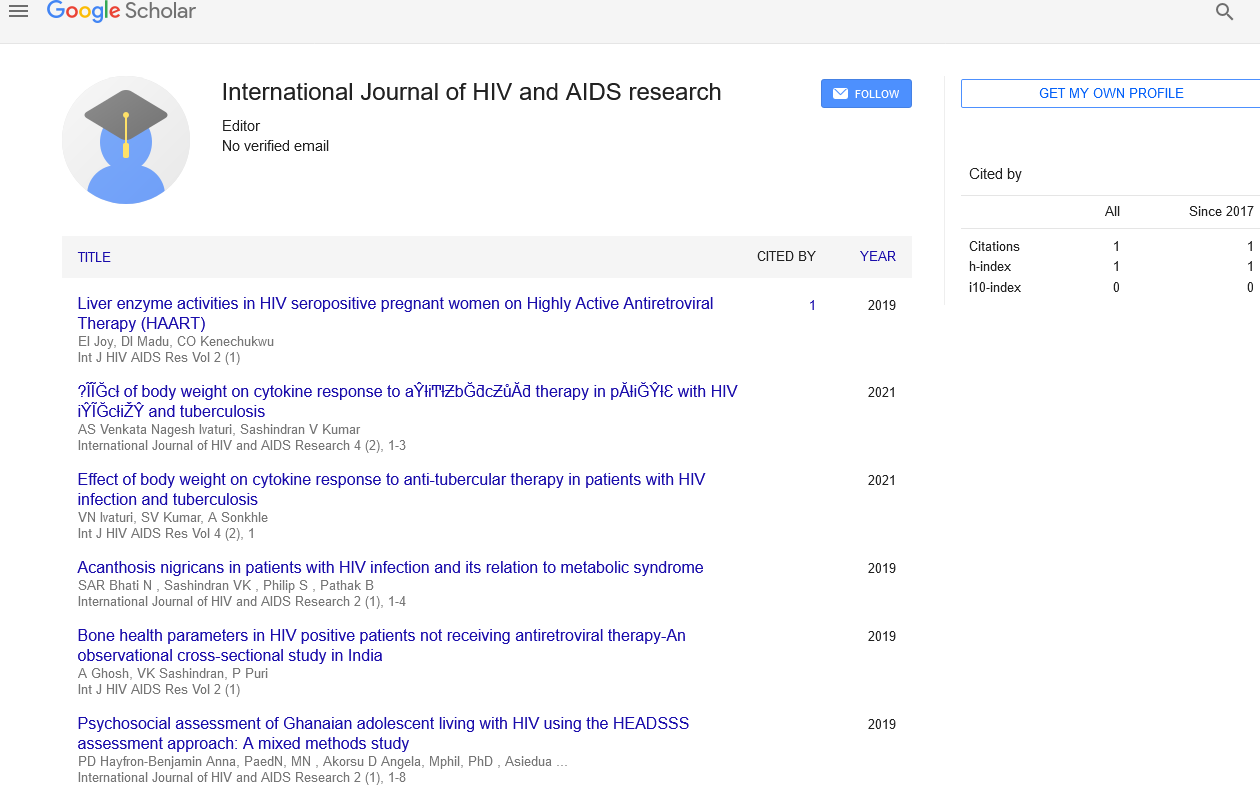Changes in milk fat globules and membrane proteins prepared from pH adjusted bovine raw milk
Received: 14-Dec-2022, Manuscript No. PULAFSJ-22-5940 ; Editor assigned: 16-Dec-2022, Pre QC No. PULAFSJ-22-5940 (PQ); Reviewed: 29-Dec-2022 QC No. PULAFSJ-22-5940 ; Revised: 13-Feb-2023, Manuscript No. PULAFSJ-22-5940 (R); Published: 20-Feb-2023
Citation: Griffith J. Changes in milk fat globules and membrane proteins prepared from pH adjusted bovine raw milk. Appl Food Sci J 2023;7(1):1.
This open-access article is distributed under the terms of the Creative Commons Attribution Non-Commercial License (CC BY-NC) (http://creativecommons.org/licenses/by-nc/4.0/), which permits reuse, distribution and reproduction of the article, provided that the original work is properly cited and the reuse is restricted to noncommercial purposes. For commercial reuse, contact reprints@pulsus.com
Abstract
The compositions of Milk Fat Globules (MFGs), which feature tri layer biological membrane structures and offer physiological advantages, are becoming more and more interesting. The effects of cream separation from different pH’s of bovine raw milk on MFGs and Milk Fat Globule Membrane (MFGM) proteins were examined in this study. Citric acid was used to raise the pH of raw milk samples to 5.30 and 6.30 at 25°C. Particle size, zeta potential, and confocal laser scanning microscopy were used to assess the impact of pH and centrifugation on the structure of MFGs (CLSM). The proteins in the resulting fractions were examined using Sodium Dodecyl Sulfate-Polyacrylamide Gel Electrophoresis (SDS-PAGE). It was discovered that all samples particle sizes may be impacted by centrifugation and pH. The Specific Surface Area (SSA) grew as the volume distribution (Dv; Dv (10), Dv(50), and Dv(90)) dropped, and span and uniformity values also exhibited this tendency. The Dv(50) and the decline in MFG's zeta potential were connected, and CLSM observation provided additional support. At pH 5.30, cream samples lost more Butyrophilin (BTN) and periodic acid Schiff.
Keywords
Milk fat globules; Membrane proteins; Compositions; Structure; Butyrophilin
Introduction
Bovine milk is an O/W emulsion that forms at 37°C or higher and contains lipids in the form of tiny globules known as Milk Fat Globules (MFGs). Heterogeneous triglycerides, which are found in the inner core of MFGs, make up around 95% of all MFGs. MFGs are enclosed in a three layer biological membrane by Milk Fat Globule Membranes (MFGMs). Due to its multilayer structure and range of polar lipid and membrane protein concentrations, MFGMs have attracted a lot of attention. By acting as a natural emulsifier, MFGM keeps MFGs from flocculating and coalescing in milk. Additionally, it might shield the fat from enzymatic activity. However, 25%-70% of the MFGM compositions are made up of MFGM proteins, which make up about 1%-4% of the total protein fraction in milk. Over 100 MFG associated proteins were discovered using modern proteomic techniques, including as mass spectrometry and two dimensional gel electrophoresis. Many of these proteins are extensively glycosylated and can be found near the MFGM/aqueous phase contact. Periodic acid Schiff III (PAS III), Butyrophilin (BTN), the cluster of differentiation 36 (CD 36), mucin 1 (MUC 1), the redox enzyme Xanthine Oxidase/Dehydrogenase (XO/XDH), lactadherin or periodic acid Schiff 6/7 (PAS 6/7), adipophilin (ADPH), and Fatty Acid Binding Protein (FABP) have been the subject of the majority of studies (Glycoproteins make up around 40% of the MFGM proteins, while XO/XDH accounts for 12%–13% of them all. Every single additional protein in MFGM. The bioactivity of MFGM proteins and their beneficial effects on the defense mechanisms of breastfed infants have been examined. Certain MFGM glycoproteins have been found to defend immature newborns from gut derived infections, according to research. Both in the human and the bovine, BTN, lactadherin, and MUC1 have antibacterial properties. Proteins and glycoproteins from defatted cow MFGM fractions have been shown to prevent E. coli O157:H7 bacteria from adhering to HT-29 cells. Additionally, their findings demonstrated that breast cancer cell lines in vitro could be suppressed by FABP at incredibly low concentrations. MUC1 may bind to and sequester harmful bacteria inside the gastrointestinal lumen in the suckling neonate, where it may have immune-protective effects. It is presumable that throughout secretion, storage, isolation, and application, MFG compositions and structures alter.
Description
The MFG structure was impacted by various isolation techniques and environments. Holzmuller, et al. examined the MFGs composition separation's most advanced front and related findings. Research on the structural and chemical differences between MFGs was analysed and integrated. In regards to the isolation technique, they ultimately proposed a new definition for MFGM proteins. Investigations have been done into how various processing unit procedures, including as agitation, homogenization, thermal treatment, concentration, drying, and freezing, affect MFGs.
The dairy industry has made considerable use of milk protein coagulation caused by acidification. Holzmuller, et al. looked studied the effects of buttermilk's pH, temperature, and preheating on the rennet and acid induced coagulation of buttermilk in order to decrease the loss of MFGM proteins into the casein curd. Lopez, et al. demonstrated that the durability of lipid droplets coated with MFGM and the microstructure and rheology of emulsions are pH dependent. The method used to create MFGM rich emulsions from butter serum is detailed in Gassi, et al., paper. Lipid droplets gathered and gels formed in the emulsions at pH 5.5, which might have an impact on the microstructure of the droplets.
Conclusion
The impact of dairy processing on this is poorly known, despite recent advances in understanding the functionality and physiology of MFGs. This study showed, for the first time, how pH altering affected the structure of MFGs and MFGM protein compositions during cream separation. A decrease of MFGM proteins after cream separation was evident from SDSPAGE pictures and relative quantitative data, particularly the BTN and PAS 6/7 at pH 5.30. Under pH 5.30 conditions, casein and whey protein tended to form networks or absorb on the surface of MFGs, however mechanical force during centrifugation might desorb the connected serum proteins or the intrinsic glycoprotein.





